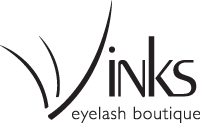12 Reasons Your Eyelash Extensions Are Falling Out
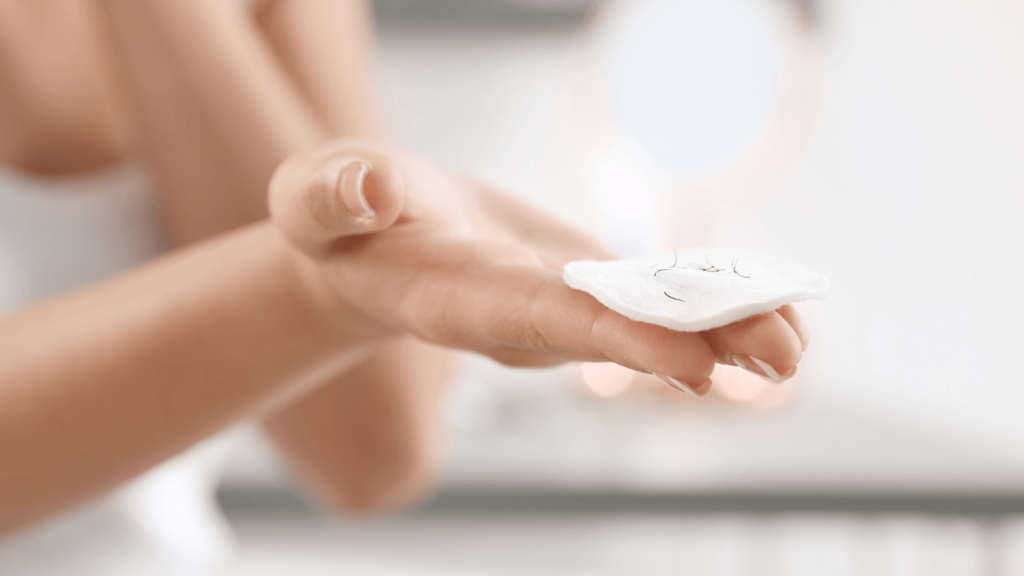
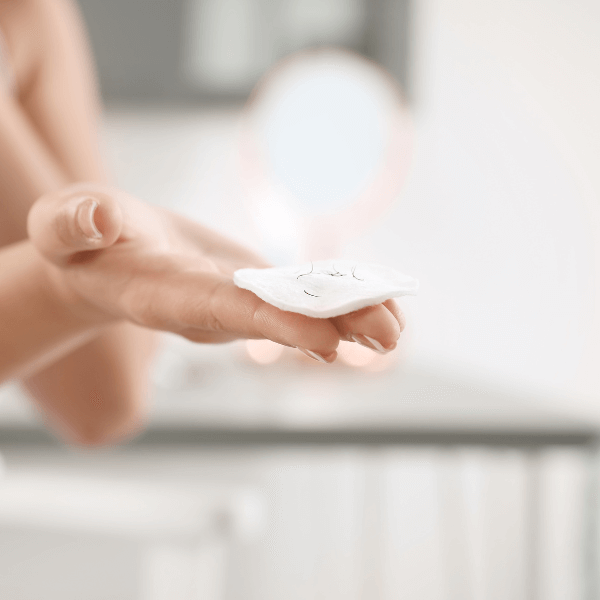
Finding your eyelash extensions on your pillow or sink can be unsettling. At Winks Eyelash Boutique, we’re here to demystify the causes and offer solutions to keep your lashes lush and beautiful. Whether it’s natural shedding or an underlying issue, understanding why can help you take the right steps towards lash health.
Understanding Natural Shedding
Natural shedding is a part of the eyelash life cycle. Each lash has a lifespan after which it falls out, and a new one grows in its place. This process is natural and necessary for healthy lashes.
Key Insights:
- Shedding Rate: It’s typical for individuals to shed 1-5 lashes daily, with variations depending on personal health and genetics.
- Significance of Shedding: Distinguishing natural shedding from other lash loss issues is crucial. Natural shedding often involves the extension falling out attached to the lash, indicating a healthy lash cycle rather than a problem with the extension itself.
- Shedding Phases: It’s common for several lashes to conclude their growth cycle simultaneously, leading to a noticeable group shedding. This phase, while sometimes alarming, is a natural part of the lash renewal process.
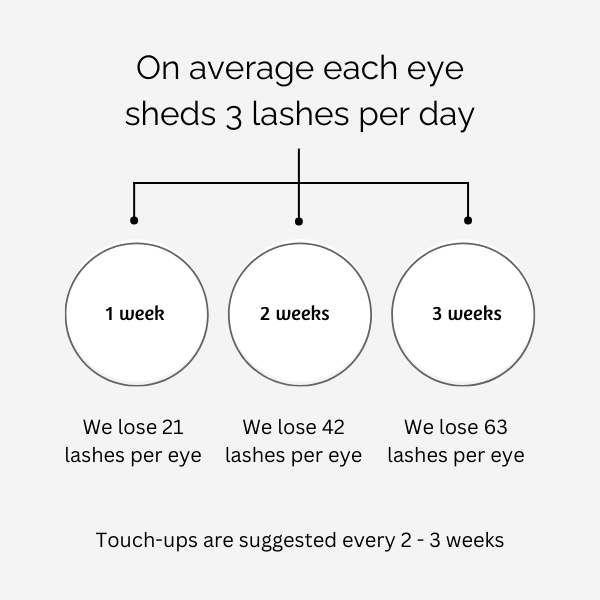
Medical Conditions Impacting Lash Health
Certain medical conditions can lead to lash loss, affecting both natural lashes and extensions.
- Overview: Conditions like Alopecia Areata, Thyroid disorders, and others can interrupt the natural growth cycle of your lashes, leading to premature shedding.
- Actionable Steps: Consult with a healthcare provider if you suspect a medical issue is affecting your lash health. Early intervention can mitigate lash loss.
The Role of Diet in Lash Health
A diet lacking in essential vitamins can weaken lashes, causing extensions to fall prematurely.
- Vital Nutrients: Vitamins A, E, and C, along with proteins and omega-3 fatty acids, contribute to stronger, more resilient lashes.
- Supplementation: If your diet lacks these nutrients, consider supplements to bolster lash health from within.
Mascara: Friend or Foe?
The products you use on your lashes can impact both the health of your natural lashes and the longevity of your extensions.
- Mascara Selection: Opt for extension-friendly mascaras that are easy to remove and don’t require rubbing or pulling at your lashes.
- Oil-Free Products: Choose oil-free makeup and removers to prevent weakening the adhesive bond.
Lash Serums and Conditioners: Friend or Foe?
Opt for Extension-Friendly Products: Avoid serums containing oils or harsh chemicals that can weaken the adhesive bond.
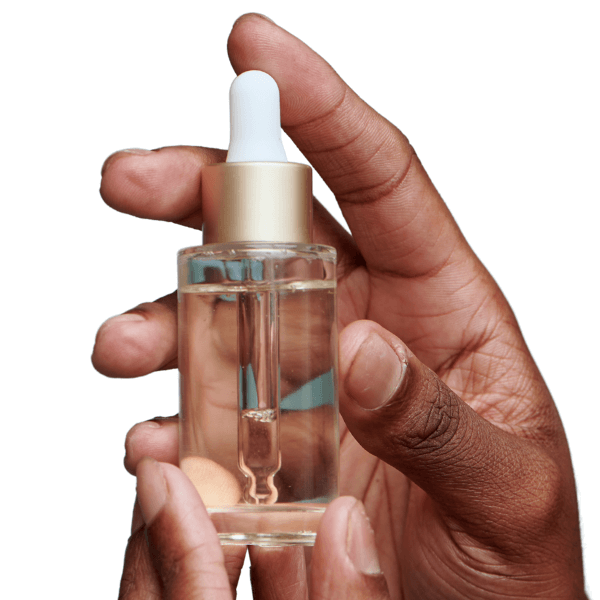
The Oil Effect: Reducing Extension Longevity
Oil in skincare and makeup products can dissolve adhesive bonds, causing extensions to slip off.
Oil’s interaction with lash extensions can lead to weakened bonds, resulting in early fallout. To safeguard the longevity and appearance of your extensions, mindful product selection and lash care are essential.

Weathering the Storm: Environmental Impacts
Weather’s Effect on Lash Adhesive:
- Adhesive Weakening: High humidity and temperatures can compromise the adhesive, while windy conditions can cause physical damage.
- Environmental Considerations: Protective measures, such as wearing eyewear in harsh conditions, can shield your extensions.
Adapting to Environmental Challenges:
- Lash Protection Strategies: Use protective eyewear and minimize exposure to extreme elements to preserve your extensions.
- Aftercare Adjustments: Tailor your lash care routine to address and mitigate the impacts of your environment.
Understanding how to protect your lash extensions from environmental factors ensures their longevity and maintains their appearance.
Keeping Lashes Clean to Prevent Fallout
Clean lashes are essential for preventing follicle clogging with dirt and debris, which can cause shedding and stunt new lash growth.
Clogged Follicles Can Cause Shedding: Regularly clean your lashes to prevent buildup.
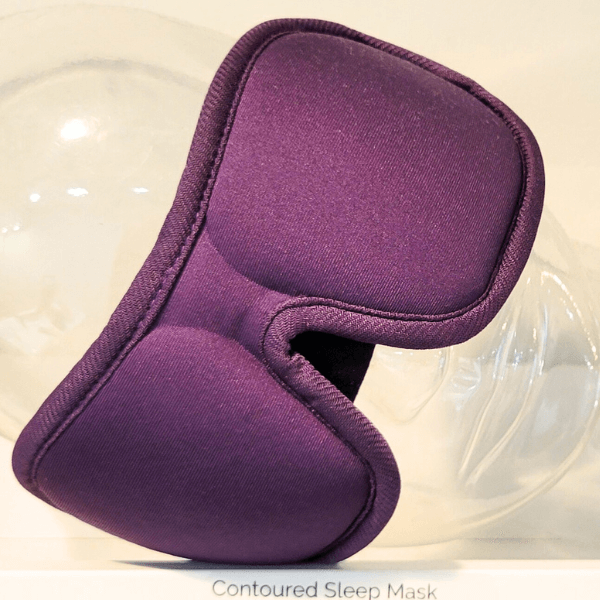
Sleeping Position Influencing Lash Life
Hands Off: Touching Leads to Shedding
Refrain from touching your lashes to prevent oil transfer and accidental tugging, which can cause extensions to shed prematurely.
Actionable Solution: Minimize touching your extensions to avoid oil transfer and accidental tugging.
Wet Lashes: Timing Is Everything
Standard Care: Traditionally, it’s recommended to avoid getting your new lash extensions wet for the first 24 hours to allow the adhesive to fully cure, ensuring maximum bond strength and extension longevity.
Advancements in Technology: However, advancements in adhesive and bonder formulations mean some products are designed to cure faster, potentially allowing for earlier exposure to water without compromising the bond.
Application Errors: The Technician’s Touch
Improperly applied eyelash extensions, whether not securely attached or the wrong size (too long or too thick), will inevitably lead to lifting and falling of the extensions. Correct application is paramount for the longevity and aesthetic of your lash extensions.
Actionable Solution: Ensure your lash technician is skilled and experienced to avoid application errors. Communication is key; discuss your preferences and concerns before the application process begins.
Expert Opinion: “A meticulous application process, with attention to the size and secure attachment, is fundamental for long-lasting and beautiful extensions.” – Jane Doe, Senior Lash Technician, Winks Boutique
Takeaway
Understanding when eyelash extension loss is a concern is key—such as losing more extensions than usual, extensions shedding without natural lashes, clumping, or multiple lashes on one extension. These signs warrant a conversation with your lash technician.
Lash technicians are familiar with the worry that comes from shedding concerns, a common discussion even among seasoned professionals seeking solutions. Remember, while aiming for perfection, occasional mishaps remind us that technicians are human.
At Winks Boutique, we guarantee our work and value the trust you place in us. If you encounter any issues, we’re here to make it right, ensuring you’re always happy you chose us. Your satisfaction and lash health are our utmost priorities because we care deeply.
FAQs
Q: Why are my eyelash extensions falling out? A: Extensions can fall out due to natural shedding, improper application, or lack of proper care.
Q: How can I prevent my eyelash extensions from shedding prematurely? A: Maintain a healthy diet, ensure proper application, and use extension-friendly products.
Q: Can medical conditions affect my eyelash extensions? A: Yes, certain conditions can lead to lash loss. Consulting a healthcare provider is recommended.
Experiencing unexpected lash fall? Contact Winks Eyelash Boutique or book a virtual consultation for personalized advice tailored to your situation.
